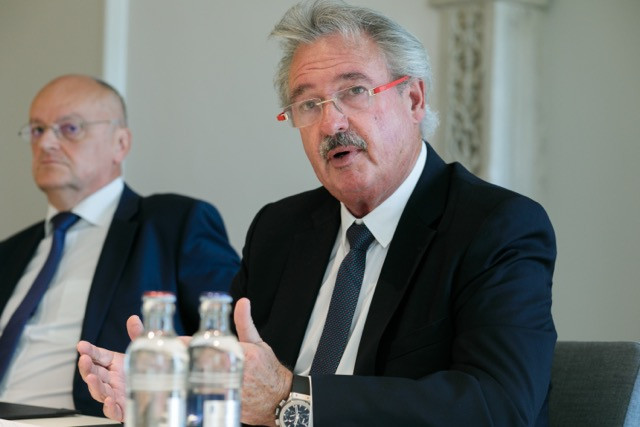It is 25 years since what Jean Asselborn (LSAP) calls the “audacious dream of free movement” took a landmark step. On 26 March, 1995 the provisions implementing the Schengen Agreements, including the removal of border controls within the EU, entered into force. The Schengen area now covers 22 EU member states as well as Iceland, Liechtenstein, Norway and Switzerland.
The Schengen area is named after the Luxembourg town on the Moselle, close to where the border of the grand duchy meets those of France and Germany. The agreement was signed on 14 June 1985 aboard a boat on the river.
But Asselborn says that the achievement “is now being put to the test” as borders have been closed in response to the covid-19 pandemic. The closure of borders is “causing enormous backlogs, blocking people who wish to go home, impeding workers’ commute--many of whom are on the frontline in the fight against the virus--and furthermore complicating the delivery of essential goods, most notably medical supplies and food,” the minister stated in a communiqué on Thursday morning. He said that solidarity was required more than ever, and that the rules of the Schengen area provide the framework for the sort of cooperation that will enable member states to face the unprecedented challenge of coronavirus.
The reintroduction of border controls should only be occasional and temporary, and must be done in accordance with the Treaties, he said. “Therefore, I call upon all to restore Schengen without delay,” Asselborn added. “Luxembourg calls out for this edifice, which is both the symbol of our Union and freedoms and which has become essential to our solidarity and prosperity, to be preserved.”
